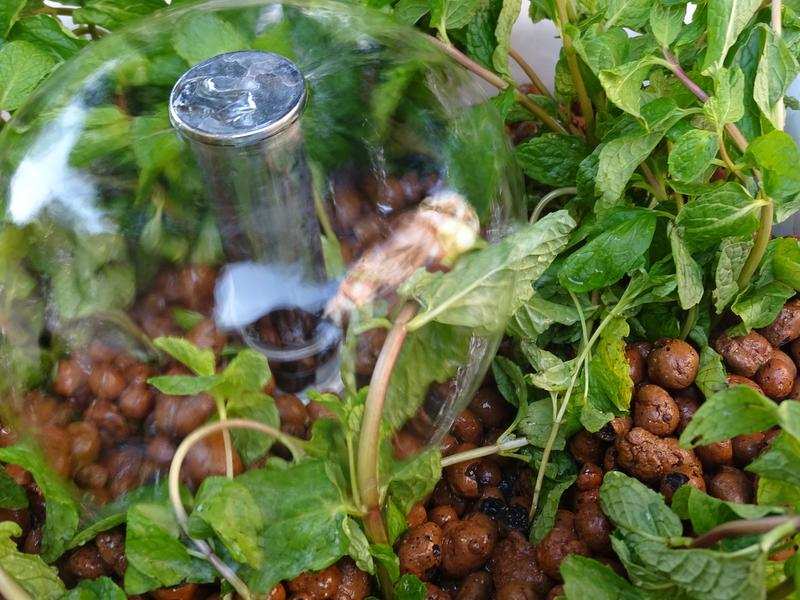Aquaculture
The Green Revolution of the 1960s helped beat back years of low agricultural productivity.
The use of high-yield seeds, newer irrigation methods, fertilizers, and pesticides managed to bring a lot more food from the fields onto the dining table.
But too much of a good thing also brought on the negatives: over-exploitation of the land led to erosion of soil,loss of soil fertility and depleting underground water, to name a few.
Still, conventional farming cannot be done away with, not by a long shot, as it continues to feed the masses.
City-bred Rajsingh Nimbalkar (28), whose agrarian roots go back to his village in Baramati,
only wishes that the cascading effect of technology impacts the agriculture we practice, as it has done in the West.
Except for agriculture, he says, technology has had a bearing in sectors such as electronics, IT and automobiles in India.
If your domestic help today owns a mobile phone, which a couple of decades ago was a luxury item,
Nimbalkar hopes the day won’t be far when people wanting to sample organic agricultural products will have cheaper access to new generation farming concepts.
Nimbalkar and his team are into one such concept, vertical aquaponics, which he claims is one of a kind in India.
For many who would stumble at the very mention of the name, aquaponics is a soil-less system in which organic plants and fish are grown in separate, inter-connected tanks.
The nutrient-rich waste from the fish (read poop) is mixed with water and pumped as a slurry to the plants.
The plants grow in beds or trays that are layered with pebble-shaped expandable clay material.
No fertilizers are needed here and the water usage is 90% less than in conventional farming, he says.
Aquaponics is an improvisation on hydroponics, the add-on being the fish culture.
A typical aquaponics system with Nimbalkar would be around 5 feet in height and have five trays arranged vertically, easily fitting in your balcony.
The base tray, just four square feet, contains around 65 liters of water in which the fish is reared.
Keeping fish in less than 60 liters of water is a violation of the bio-ethical standards in the West, he points out.
A pump in this base tray transfers the nutrient-rich water to the upper trays in which the plants grow.
For a system that offers economy in space, Nimbalkar claims the trays have scope to grow around 50 varieties of plants and fruits at a time.
Read Also : This Kerala man maintains a roadside vegetable garden open to all,
“Harvesting two plants a day gives an individual 150-200 gm of vegetables.
A leafy green, for instance, can be harvested 45 days after being planted and it regrows in 15-20 days.
It is best consumed for three cycles thereafter following which bitterness sets in the leaves and the sapling would have to be discarded.
But then, a fresh sapling costs just around Rs 10.
The fish will live for 3-4 years if the system is maintained well. The system pays for itself in around eight months with expenses only on running the pump and buying a fish meal,” he says.
Those dabbling with conventional farming, says Nimbalkar, quickly realize that we as a nation are rain-dependent,
lack labor to work in the farms and have agricultural land where the soil is chemically marred.
“Aquaponics gives an opportunity for D-I-Y people to grow their own fresh vegetables without fertilizers and with minimal water,” he says.
So, fancy some lettuce for your salad tonight? “Just pluck it fresh from one of the aquaponic trays.
It’s a great feeling to know that your vegetables weren’t picked a day or two earlier,
transported over some distance and sat in someone’s refrigerator before reaching your door,” says Nimbalkar.
Tags: #environment, #getgreengetgrowing, #gngagritech, #greenstories, #organic, #organicfarm, #organicfarming, #OrganicFood, #organicindia, #organicvegetables







